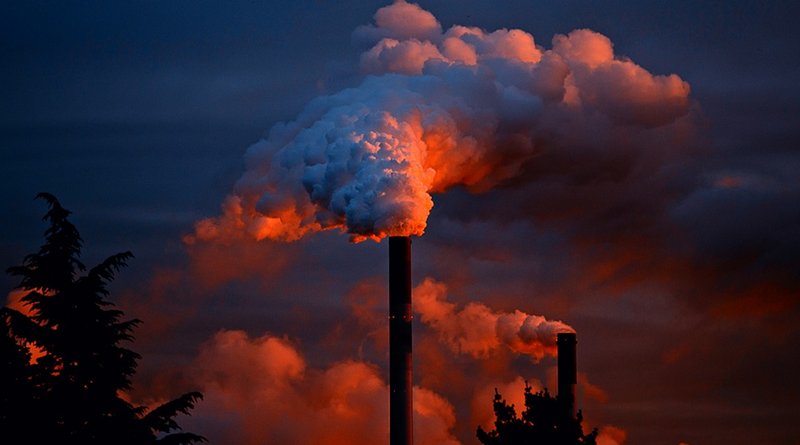Link Between Hot And Dry Weather And Air Quality In Korea
While ozone in the stratosphere acts as barrier that protects the Earth from ultraviolet radiation, ground-level (or tropospheric) ozone is a dangerous trace gas that can cause serious health problems. This ozone is the result of photochemical reactions between nitrogen oxides and volatile organic compounds, which are two major air pollutants.
Over the past decades, East Asia has witnessed a marked degradation of air quality, especially so in terms of ground-level ozone, that is consistent with human activity. However, in Korea, the specific reasons behind increase in ozone levels during warm seasons remain a mystery among atmospheric scientists.
To shed light on this issue, a team of scientists, including Prof Jin-Ho Yoon from Gwangju Institute of Science and Technology, Korea, recently conducted a study that was published in Atmospheric Environment. They focused on the relationship between large-scale weather patterns (called synoptic-scale weather) and surface ozone concentration. To do this, they used synoptic weather data from 17 airport meteorological stations and hourly observations of ground-level ozone concentrations from 306 monitoring sites.
One of the main findings of the study was that a particular synoptic weather pattern called ‘dry tropical’ was consistently associated with high ozone concentration. This is because ozone formation requires sunlight–which implies that dry and warm atmospheric conditions are favorable for its formation.
Most importantly, the researchers found that dry tropical weather had steadily become more frequent in Korea over the past 50 years, which is consistent with the gradual increase in tropospheric ozone levels. “We estimate that tropospheric ozone concentration could increase by 3.5% if the frequency of dry tropical weather doubles, and by an alarming 7.5% if it triples,” comments Prof. Yoon. “Our results imply that future air quality regulations in Korea should be issued together with those related to global and regional warming,” he adds.
Overall, this study provides valuable insights to tackle the long-standing mystery of tropospheric ozone in Korea. Lead author Dr. Hyun Cheol Kim from the National Oceanic and Atmospheric Administration and the University of Maryland, USA, remarks: “Understanding the relationship between synoptic weather patterns and surface ozone concentration will help us assess the contribution of meteorological conditions to regional air quality and establish an effective early warning system.” Let us hope this study brings more attention to the serious and interlinked issues of air pollution and climate change so that decisionmakers can act in time.

